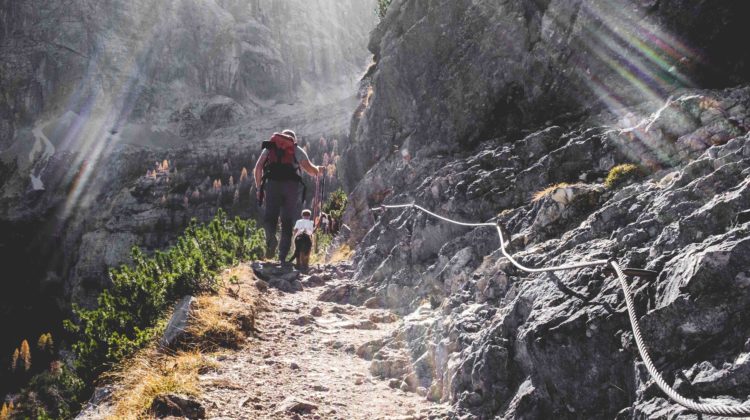
Looking for quick smartphone photo hacks that’ll capture your next family adventure? Read on!
Nothing says “family adventure time” more than heading into the outdoors and spending a few days answering the call of wild. Whether it’s a hiking trip to the mountains, a tour of national parks, or a three-day camping trip in the forest, one thing’s for sure: this is a vacation of making memories, a remarkable trip that’s worth documenting for the future!
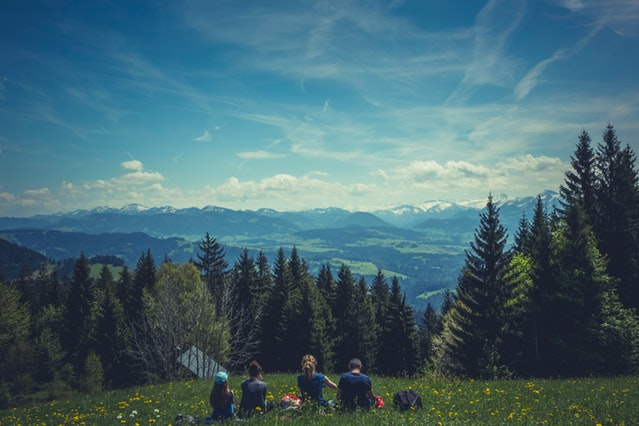
To help you take the best photos of wildlife, nature, and the smiles and discoveries of your little kiddos, here are nine smartphone photo hacks you must try for your next wilderness adventure!
1. Use your earphones to trigger the shutter button on your camera
You’ve spent the time setting up your smartphone camera and tripod to capture a close-up photo of a hawk perched on a tree. Problem is, you don’t want to bump the camera every time you’re taking phot os.
Easy solution? Use your earphones to trigger the shutter of your phone’s camera remotely. Just push the + volume button to take photos!
2. Bring a tripod with you
Wildlife and nature photography relies on spur-of-the-moment opportunities, so your phone must always be ready Stabilizing your phone with your hands take up your time, and there’s a high chance you might take plenty of blurred or out-of-focus photos.
It also allows you more room to play around with your angles and easily adjust the manual settings of your camera, like the focus, exposure, and such.
There are tripods available in the market that are made specifically for smartphones. They’re lightweight and not as bulky as the DSLR tripods, so they’re easy to carry around and don’t take up much space in your backpack or luggage.
3. Stay away from the zoom features of your phone
OK, this is a major smartphone photo hack to remember. Zooming in with your camera app doesn’t take your subject closer to your frame. It’s just cropping the image to fit your intended subject in the shot! In turn, the photos turn into a pixelated, low-quality shot.
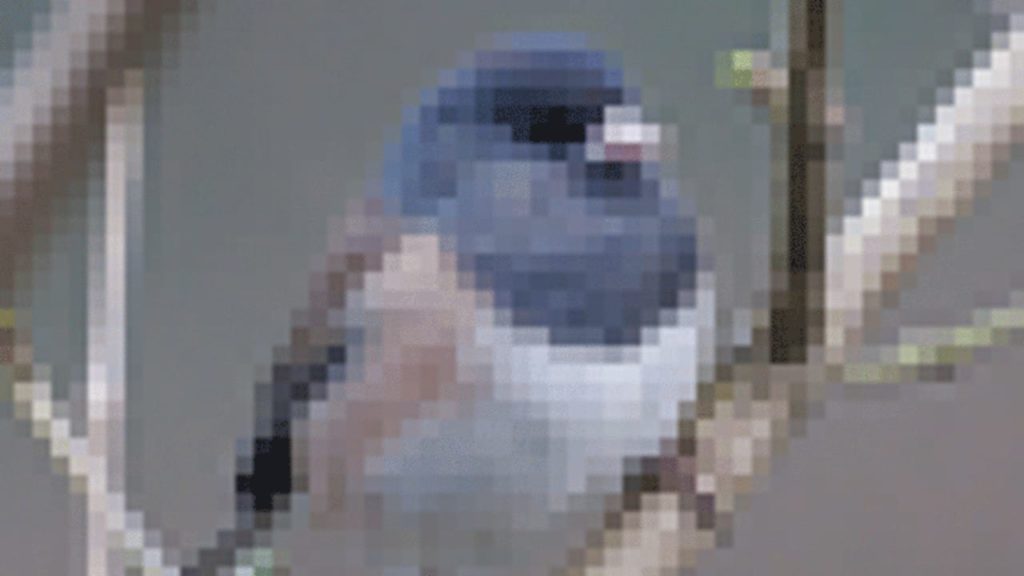 An example of a zoomed-in photo. Image: Fast Company
An example of a zoomed-in photo. Image: Fast Company
Instead, just move a little closer to your subject, but be mindful of your distance when taking pictures of wildlife creatures.
If you have the budget to spare, you can buy zoom lenses made for smartphones. They can help you take closer shots of wildlife, the skies, and other distant nature points without getting TOO CLOSE.
4. Optimize the golden hour for full natural lighting
Shooting during early morning or one to two hours after sunset gives you a perfectly-balanced golden hue, which makes your photos effortlessly vibrant.
Most animals don’t hang out in the open when the sun is high, so these times are your best options to see them out of their habitats. It’s also the perfect opportunity to try out any activities you wish to explore with the kids!
It also keeps you away from relying on the flash of your phone which provides poor lighting quality. Flash is only advisable if you’re taking photos with the sun high up in the sky. The flash counters the strong lighting from the sun, preventing your subjects to turn into silhouettes.
5. Check out HDR mode
Ever saw those landscape photos that look like a surreal painting? These are photos taken on HDR mode, where different photos are taken by your camera app and combine them together to create a photo with balanced shadows and highlights.
They’re commonly used when taking photos of nature spots since these have plenty of dark and light areas. It also works well with dim lighting, as long as you don’t use flash.
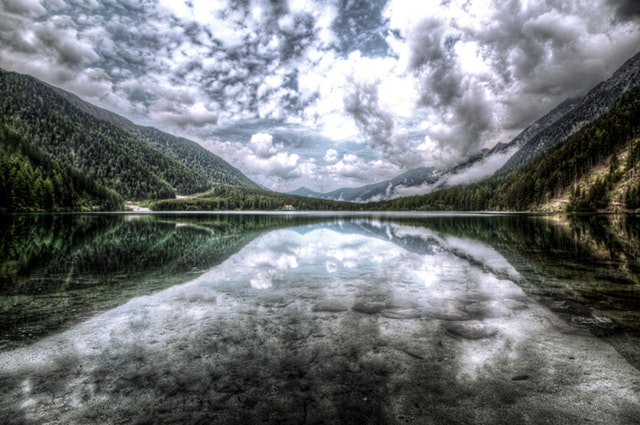
An example of a photo taken in HDR mode.
If you ever find a scenic nature subject around you, or if you want to capture the stars or any bright objects during the night, HDR mode is your friend.
6. Enable the grid lines in your camera app
To make your photos look professional, try incorporating the rule of thirds. Basically, the rule encourages you to place your subject in the intersection points of a 3×3 grid.
If you want to enable the grids in your camera app to help you identify these intersection points, just browse through your settings and turn on the grid.
7. Play around with your perspective
Sometimes, a subject stands out in your photos when viewed from a different angle. For example, when taking photos of small animals, you can take photos from an eye view level or lower. This angle captures more of their character and emulates a feeling like you’ve entered their viewpoint!
8. Keep an eye out for patterns and symmetry
Patterns and symmetry not only adds story and interest in your photos. They also give a sense of direction to whoever’s viewing your photo, their eyes being guided immediately to the interesting points of the shot.
These patterns aren’t hard to spot out, either. You can see them in the towering trees in the forest, the clouds forming in the sky, the reflection of nature by the lake, and more.
All you need is to pull out your creative eye and your knowledge of the rule of thirds to capture this artistic representation of nature.
9. Take as many photos as you can with burst mode
Photographing wildlife and nature is challenging because you have to work with whatever’s in front of you. That’s why, when a good photo op presents itself, you have to take it to your advantage and take as many photos as possible.
To capture photos in burst mode, simply hold the shutter button while taking photos. When you’re satisfied, your camera app will show you the series of photos taken, and you can select the photo(s) you want to keep. The AI on the app will point out the photo with the best focus and composition among the rest to help your selection easier.
With these smartphone photo hacks, you won’t have to worry about your photographer duties for the trip. All that’s left is to spread the spirit of adventure and nature to everyone in your family. So go out there, take your smartphone, and enjoy your nature excursion!
Feature photo courtesy of Antonio Molinari >

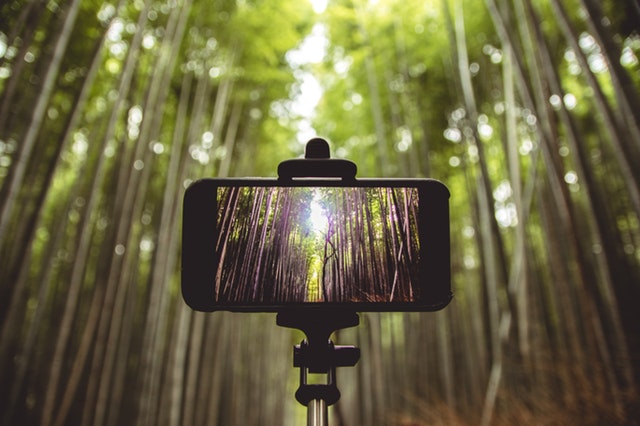
Leave a Reply
You must be logged in to post a comment.